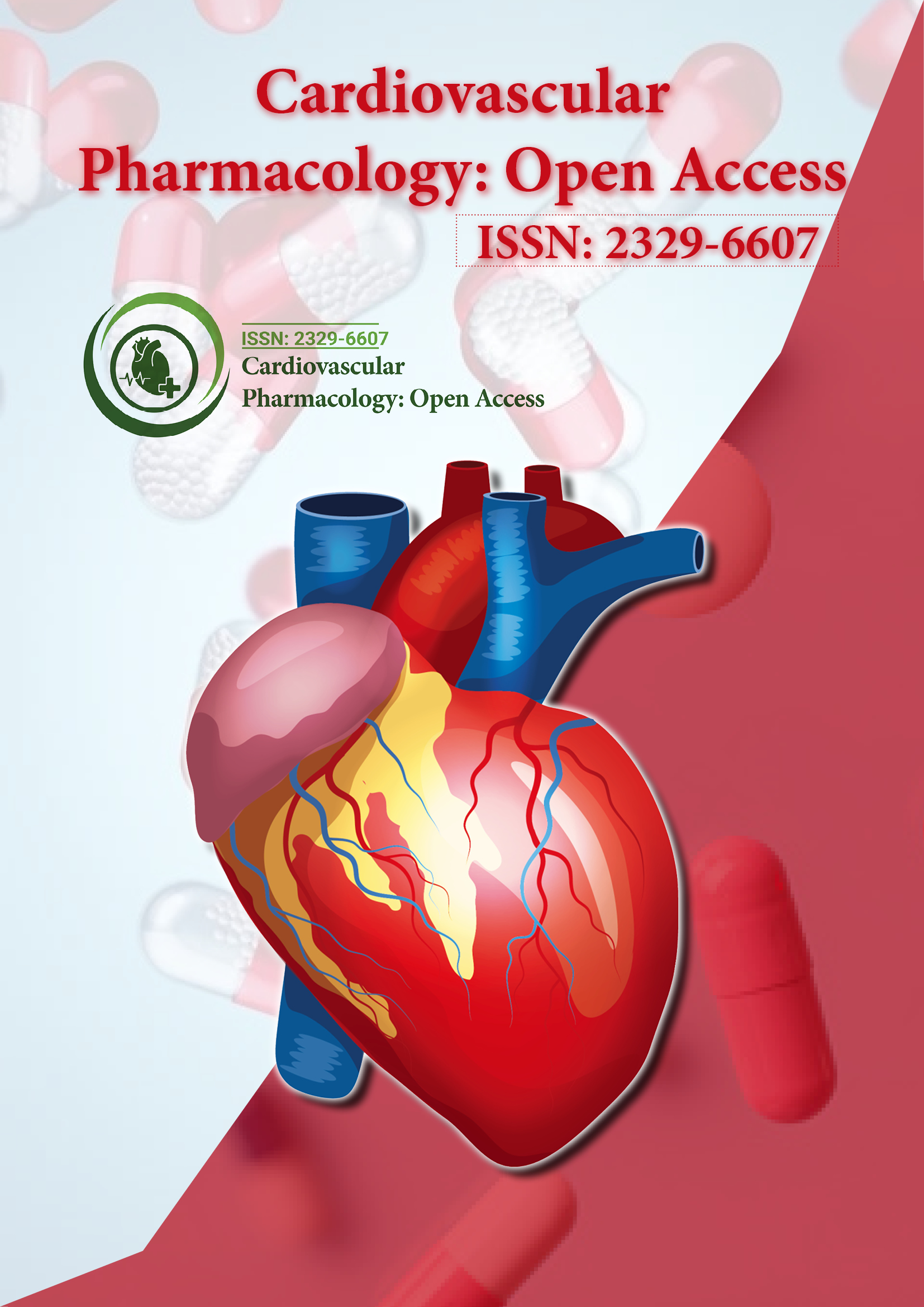Indexed In
- Open J Gate
- Cosmos IF
- RefSeek
- Hamdard University
- EBSCO A-Z
- OCLC- WorldCat
- Publons
- Geneva Foundation for Medical Education and Research
- Euro Pub
- Google Scholar
Useful Links
Share This Page
Journal Flyer

Open Access Journals
- Agri and Aquaculture
- Biochemistry
- Bioinformatics & Systems Biology
- Business & Management
- Chemistry
- Clinical Sciences
- Engineering
- Food & Nutrition
- General Science
- Genetics & Molecular Biology
- Immunology & Microbiology
- Medical Sciences
- Neuroscience & Psychology
- Nursing & Health Care
- Pharmaceutical Sciences
Perspective - (2024) Volume 13, Issue 3
The Evolution of Valve-Sparing Root Replacement in Aortic Valve Disease
Charlotte Müller*Received: 30-Aug-2024, Manuscript No. CPO-24-27837; Editor assigned: 02-Sep-2024, Pre QC No. CPO-24-27837 (PQ); Reviewed: 16-Sep-2024, QC No. CPO-24-27837; Revised: 23-Sep-2024, Manuscript No. CPO-24-27837 (R); Published: 30-Sep-2024, DOI: 10.35248/2329-6607.24.13.406
Description
Prophylactic root valve replacement is a major advance in cardiovascular surgery, particularly in the management of aortic valve disease. The technique aims to overcome the complexity of aortic valve replacement while preserving the native valve structure, thereby minimizing the complications associated with prosthetic valves. In European countries, the development and implementation of root valve replacement has marked significant advances in cardiac surgery. This article explains the historical background, influential figures involved in these developments and the advantages and disadvantages associated with this surgical technique.
The concept of valve preservation procedures dates back to the late 20th century, when advances in surgical techniques and materials opened new methods for the treatment of heart valve disease. Early efforts focused on developing methods to reduce the need for prosthetics, which were associated with complications such as thromboembolism, infection and the need for lifelong anticoagulant therapy. The development of preservation techniques gained momentum in the 1980s and 1990s, when surgeons and researchers began to investigate the feasibility of preserving the native aortic valve in cases of aortic root surgery.
The foundation of modern valve-sparing aortic root replacement can be traced to the contributions of European cardiac surgeons, particularly in countries such as Germany, France and the United Kingdom. Their efforts laid the foundation for the development of valve-sparing aortic root replacement as a viable alternative to traditional valve replacement. Technological advances in medicine have also played a significant role in the development of valve repair techniques. The advent of new imaging modalities, such as echocardiography and MRI, has allowed for better preoperative assessment of valve structure and root anatomy. Likewise, developments in surgical instruments and biomaterials have facilitated more precise and effective interventions.
Valve-Sparing Root Replacement (VSRR) has several advantages over traditional prosthetic valve replacement. One of the main advantages of this technique is that it preserves the patient's native valve, which helps maintain hemodynamic function and reduces the risk of long-term prosthetic valve complications. Patients who undergo VSRR typically benefit from better postoperative outcomes in terms of quality of life and longevity, as demonstrated in various clinical studies. In addition, VSRR minimizes the need for lifelong anticoagulation therapy, thereby reducing the risk of bleeding complications and thromboembolic events. This is particularly beneficial for younger patients or those at higher risk of thromboembolic events. In addition, VSRR is associated with shorter postoperative recovery times and lower rates of valve structural failure, allowing patients to return to normal activities more quickly.
Despite its advantages, VSRR is not without its challenges and limitations. A notable concern is the complexity of the procedure, which requires a high level of surgical expertise and experience. The technical requirements associated with precise preservation of the native valve and achieving optimal hemodynamic outcomes may limit its applicability in specialized surgical centers. In addition, VSRR may not be appropriate for all patients. Certain anatomic or pathological conditions, such as severe calcification or extensive tissue degeneration, may preclude preservation of the native valve. In such cases, conventional valve replacement may be the only viable option. Furthermore, although VSRR has shown potential clinical results, long-term data on durability and performance remain relatively scarce. This uncertainty calls for rigorous and ongoing research to assess the safety and efficacy of the technique over time. Larger, multicenter cohort studies are needed to establish more comprehensive guidelines for patient selection and management.
In conclusion, valve-sparing valve replacement represents a significant advance in cardiovascular surgery, the foundation of which is firmly anchored in the collaborative efforts of innovative surgeons in Europe. The historical context highlights the growing recognition of the importance of preserving native structures while providing effective treatment for aortic valve disease. Although VSRR has many benefits, such as reducing complications and improving patient quality of life, challenges remain related to the complexity of the procedure and its applicability to diverse patient populations. Ongoing research and clinical trials will be necessary to further refine this technique and cement its role in modern cardiac surgery.
Citation: Müller C (2024). The Evolution of Valve-Sparing Root Replacement in Aortic Valve Disease. Cardiovasc Pharm. 13:406.
Copyright: © 2024 Müller C. This is an open access article distributed under the terms of the Creative Commons Attribution License, which permits unrestricted use, distribution and reproduction in any medium, provided the original author and source are credited.


